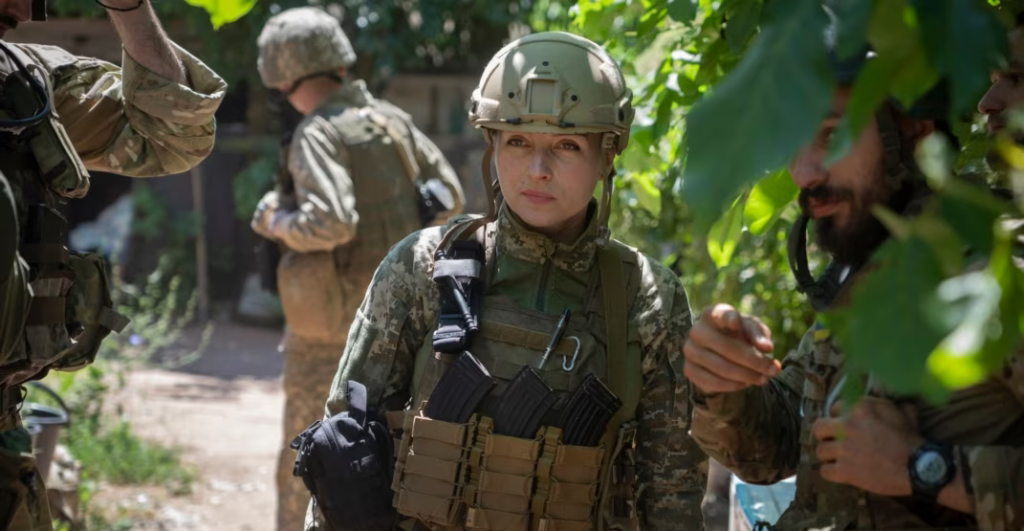Ukrainian troops are reinforcing their positions and advancing further into Russia’s Kursk region, according to President Volodymyr Zelensky. This marks the continuation of Ukraine’s incursion into Russian territory, a significant escalation in the conflict that began more than two years ago with Moscow’s full-scale invasion of Ukraine.
In his latest update on Telegram, President Zelensky expressed gratitude to Ukrainian soldiers and commanders for their efforts in capturing Russian military prisoners and advancing the release of Ukrainian civilians and soldiers held by Russia. He confirmed that Ukrainian forces are not only consolidating their control but also expanding their territory in Kursk. General Oleksandr Syrskyi reported ongoing efforts to fortify positions in the region.
Russia, on the other hand, has condemned the incursion as a severe provocation and has promised a “worthy response.” According to Russian sources, Russian forces have managed to repel Ukrainian advances near three settlements in Kursk and are actively seeking “mobile enemy groups” that are attempting to penetrate deeper into Russian territory. Moscow’s foreign ministry reported that the recent destruction of a strategic bridge over the Seym River—a key supply route for Russian troops—has significantly hampered its operations. The ministry also claimed that volunteers aiding evacuated civilians were killed in the attack.
Despite the setbacks, Russian forces have made gains in eastern Ukraine, claiming control of several villages in recent weeks. On Saturday, Russian attacks targeted at least four Ukrainian regions, including the northeastern Kharkiv area. Ukrainian officials reported that the cities of Toretsk and Pokrovsk, crucial for logistics and supply routes, have faced numerous Russian assaults.
President Zelensky acknowledged the intensity of the conflict, noting “dozens of Russian assaults” on Ukrainian positions around Toretsk and Pokrovsk. He emphasized that Ukrainian forces are working diligently to repel these attacks and maintain control over the situation, particularly in Pokrovsk, which is a critical logistics hub for Ukrainian operations along the eastern front.
As the conflict continues to escalate, both sides are engaged in a fierce battle for territorial control, with each side making strategic moves to gain the upper hand. The situation remains fluid, with ongoing military actions and geopolitical implications shaping the course of the conflict.


